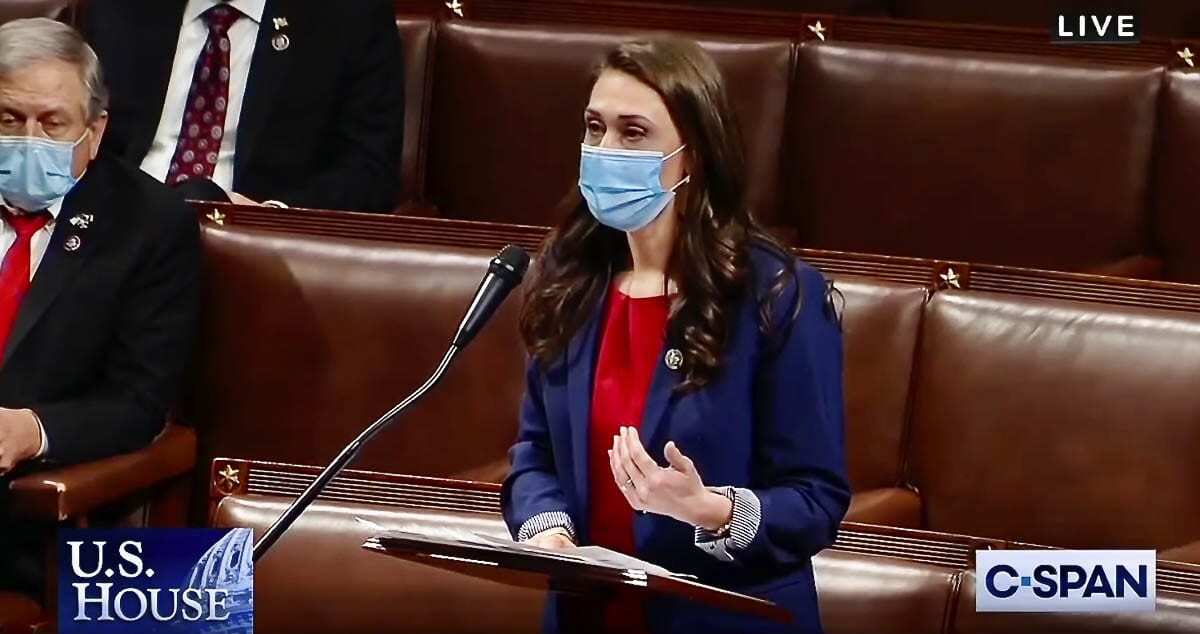Southwest Washington is experiencing low vaccination rates; congresswoman believes state has given murky and inconsistent reasoning for small vaccine allocations
Congresswoman Jaime Herrera Beutler (WA-03) today (March 11) sent a letter to the Washington State Secretary of Health pressing for greater transparency in COVID vaccine allocation to counties in Southwest Washington.

In the letter to Secretary of Health Dr. Umair Shah, Herrera Beutler cites examples of imprecise data and state-caused delays as reasons for meager vaccine allocations.
“Ultimately, these disparities are adding up to a poor vaccination rate in my region compared to the rest of the state,” Herrera Beutler wrote. “At the end of February, four of the seven counties with lowest percentage of residents initiating vaccination are in Southwest Washington. Rural counties like Wahkiakum and Lewis have experienced immense challenges in receiving first dose allocations from the state. Washington state must do better.”
The full text of the letter follows, and a PDF is available here.
Dear Dr. Shah,
First, I want to thank you for your work to address the vaccine allocation issues that have impacted communities in Southwest Washington. This effort is essential, and I appreciate you responding to the concerns of local health authorities that I brought to you when we spoke at a Congressional hearing on February 24th.
Despite an increase in vaccine allocations to certain parts of Southwest Washington, frustrations continue to mount regarding how much is being distributed here, and the unpredictability of those deliveries.
I am writing to request that the Washington Department of Health (DOH) works to dramatically increase transparency in how it carries out the vaccine allocation process.
At that same February 24th Congressional hearing where we spoke, I asked you to detail why counties in Southwest Washington had received fewer doses of vaccine compared to others throughout the state. I was told that certain variables such as health equity, throughput, and storage requirements are considered when deciding vaccine allocations. However, after this hearing, local health authorities told me that our counties should have received dramatically larger quantities of vaccines by all measures.
For instance, population data seems to have been grossly miscalculated by DOH. While Clark County has a population of 16% over 65 years old, first dose allocations delivered to the county as of February 26th were 45,950 or 9.4%. Meanwhile, Spokane has a senior population of 16.5% over 65 years old, with vaccines delivered at 76,275 or 14.6% of first dose allocation. Put another way, the most recent DOH data indicates that in Clark County the vaccine to population ratio is 1 dose of vaccine given for every 6 people while in Spokane County, the ratio is 1 dose of vaccine given for every 3.5 people.
Another disparity is the storage requirement and whether our region had sufficient facilities to meet that requirement. Clark County officials were told that they received partial orders or were denied orders for the Pfizer vaccine because providers did not have the ability to receive, store, and administer the vaccine at the numbers they requested. However, this explanation fails to account for the reality that multiple locations in Clark County possess the requisite ultracold freezers to store the vaccine. In fact, state-caused delays appeared to be a bigger culprit; officials from one facility reported to me that they had to wait for three weeks for DOH to approve their ultracold freezer.
Ultimately, these disparities are adding up to a poor vaccination rate in my region compared to the rest of the state. At the end of February, four of the seven counties with lowest percentage of residents initiating vaccination are in Southwest Washington. Rural counties like Wahkiakum and Lewis have experienced immense challenges in receiving first dose allocations from the state.
Washington state must do better. A vital first step would be for DOH to immediately increase transparency into how it is allocating vaccines. Specifically, I urge you to provide forthright answers as to why providers received partial orders or were altogether denied and to communicate this with public health officials and my office as soon as possible. Counties in Southwest Washington have demonstrated competence, willingness, and preparedness to not only store but also administer a much higher number of vaccines to their populations than they’ve been given.
Thank you for your attention to this pressing matter.




